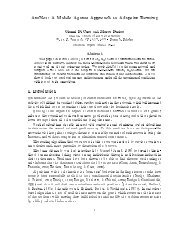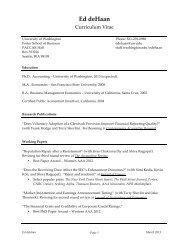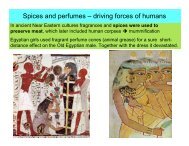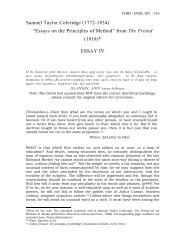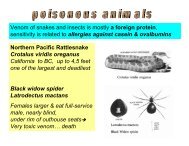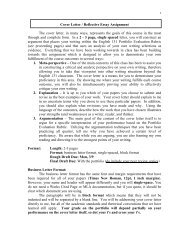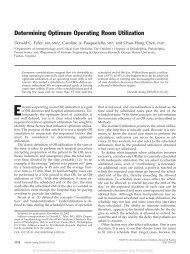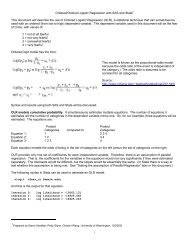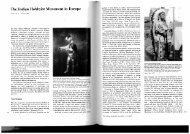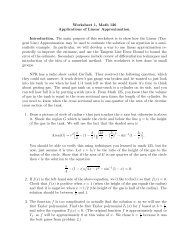The Lasting Presence of Gerard's Herball
The Lasting Presence of Gerard's Herball
The Lasting Presence of Gerard's Herball
Create successful ePaper yourself
Turn your PDF publications into a flip-book with our unique Google optimized e-Paper software.
substance, being ready with the bad Painter to explain the imperfections <strong>of</strong> my<br />
pencil with my pen, choosing rather to score upon my pictures such rude marks as<br />
may describe my meaning, than to let the beholder to guess at random and miss.<br />
VI. Gerard and me<br />
Although I spent a great deal <strong>of</strong> time reading Gerard’s <strong>Herball</strong> as well as reading<br />
about it, I did not really look at the book until the end <strong>of</strong> this project. I had already turned<br />
every page at least twice, mostly looking at woodcuts and reading. I experienced the<br />
thrill <strong>of</strong> looking at an image <strong>of</strong> Lotus ornithopodioides (possibly our L. corniculatus),<br />
printed from a woodcut based on a drawing that dates to the first century before Christ.<br />
At that moment I was sharing an observation over 2000 years old! What observations did<br />
I have to share with someone else? I thought I was getting to know this work, but I felt<br />
that I was missing something. <strong>The</strong>n I began trying to count signatures in the 1636<br />
edition.<br />
At first I made the mistake <strong>of</strong> trying to count the leaves in a gathering instead <strong>of</strong><br />
looking for signature markings. Sandra Kroupa eventually came to my aid, reminding<br />
me about the way the book was put together. But before seeking her expertise, I<br />
examined the book on my own. I found vertical chainlines on one <strong>of</strong> the free endsheets; I<br />
found a small and delicate watermark on the other half, pasted to the cover. (<strong>The</strong><br />
watermark identifies the paper, and in this case indicates that the book was rebound<br />
around 1750.) I was familiar with the musty smell <strong>of</strong> soil on the pages, but now I noticed<br />
faint evidence <strong>of</strong> beautiful marbling on the top edge <strong>of</strong> the book.<br />
But I couldn’t quite understand the way the gatherings were sewn together—I could<br />
not see the threads. I found the threads <strong>of</strong> the headband, mistaking them for the threads<br />
16



